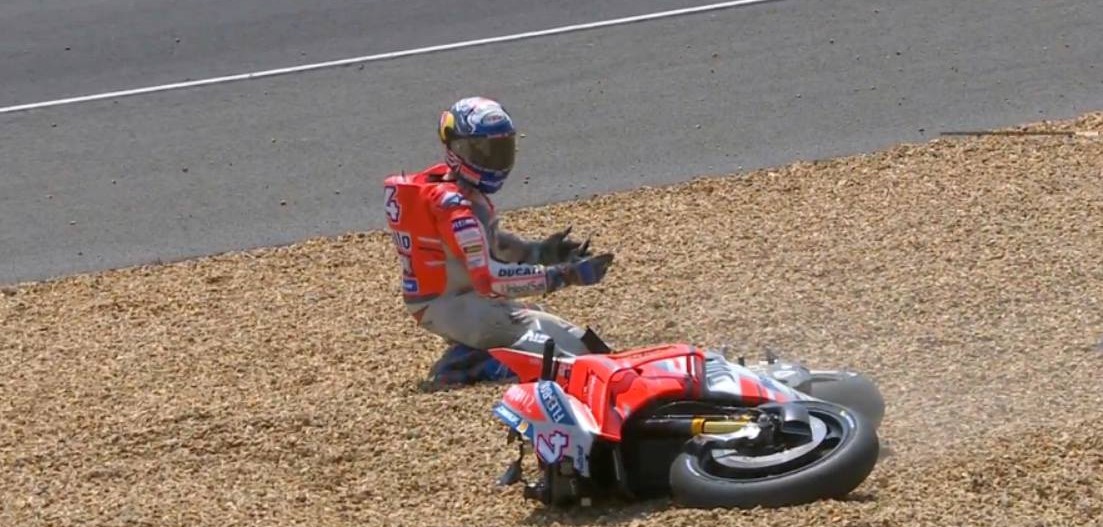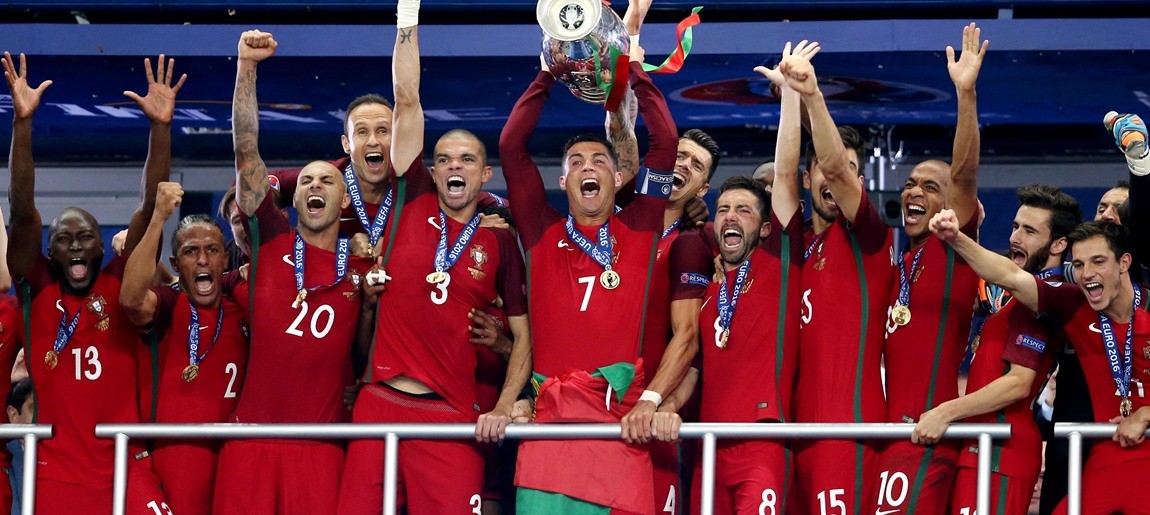Fans, face painting, beer and bleachers: how — and why — Manchester City’s owners are creating a new team from scratch
FT, Matthew Garrahan MARCH 20 2015
Think of the football team you support. If you don’t have one, try to imagine those you hear about on television or see in newspapers. Liverpool, perhaps, or Barcelona, or AC Milan, or Chelsea. Now try to imagine that the club didn’t exist and had to be built from scratch, its fan base, culture and traditions assembled in months, rather than evolving naturally over the course of a century like most top-tier clubs in football-mad countries such as England, Spain, Germany or Italy. This is the challenge facing City Football Group (CFG), the Abu Dhabi-controlled company that owns Manchester City and which this month launched New York City FC, a new professional club and the latest “expansion franchise” to compete in Major League Soccer.
CFG hopes it can bring the expertise it has learnt from backing a Premier League-winning team in England to the US, and to a sport that continues to lag domestic rivals such as baseball and basketball. It has pledged to build its own stadium for NYCFC but, for now, the team is in temporary digs at Yankee Stadium (the New York Yankees own 20 per cent of the new franchise). Last Sunday, in a kit identical to Manchester City’s sky blue, New York City played their “historic” first home game. The ballpark of baseball’s most illustrious team — previously graced by the likes of the great Derek Jeter and Alex “A-Rod” Rodriguez — was temporarily converted for football. Grass was laid over the pitcher’s mound and dirt portions of the infield, goalposts were erected and touchlines were painted. More than 40,000 tickets were sold for the match against New England Revolution — at least 15,000 belonged to new season-ticket holders — and, in the hours leading up to the 5pm kick-off, fans began to assemble on Babe Ruth Plaza, packing the nearby club store to buy NYCFC replica shirts and scarves and having their faces painted in club colours for free.
There were deep lines at concession stands selling $15 cans of Heineken, giant pretzels and “bottomless popcorn buckets”, which contained a mind-boggling 2,473 calories. Several hundred New England fans had made the trek south from Boston to New York and were in full voice before kick-off, although the main chant directed at the New York fans (“A-Rod sucks!”) acknowledged the fierce baseball rivalry that exists between the two cities rather than the nascent football one. Such was the demand for tickets that Yankee Stadium officials opened the 50,000-capacity stadium’s upper tier and, as kick-off neared, the ground was pretty much full.
After an appearance by New York mayor Bill de Blasio, roundly booed by the crowd, the giant screen over the pitch showed a short film narrated by Michael Rapaport, a local actor. In a New York accent so thick you could spread it on a bagel, he explained that the new club was a continuation of a football tradition that existed long before the construction of landmarks such as the Empire State Building. When immigrants came to New York, Rapaport said, they brought their love of football with them, starting amateur clubs with names such as St Mary’s Celtic, the Brooklyn Italians and the New York Ukrainians, all “enthusiastic representations of ethnicity and neighbourhoods”.
The launch of a new professional team backed by Abu Dhabi oil money is of a different order of magnitude. For CFG, which also owns Melbourne City FC in Australia, NYCFC is, in part, a way to expand the Manchester City brand by having teams in other countries that share characteristics with the English club. Yet the new team will still have to forge emotional connections with its city and spark enthusiasm for football among New Yorkers, who are hardly lacking for other sports to watch.
The question is, will it succeed? … Supporters of NYCFC get behind their side Based on the enthusiastic response from the people I spoke to before, during and after the game, NYCFC has a pretty good shot. Some were struck by the oddity of a football match being played at the home of the Yankees. “It’s a little weird to see a soccer pitch in a baseball stadium. It looks crooked,” said Tom Johnsrud from Connecticut, whose teenage son, Nils, was wearing blue face paint and a spiky wig in the same colour. Both were already football fans: Tom likes English Premier League team Chelsea, whose former star Frank Lampard is en route to New York this summer after a loan stint at Manchester City controversially delayed his arrival in time for the start of the new season. “Lampard coming was a draw for me,” said Tom. Rather more surprisingly, his son revealed that he was a fan of a less famous west London side, Brentford, saying he chose the club after watching them play an FA Cup tie on television.
NYCFC gives the Johnsruds a local option. “It’s great that this city finally has its own team,” Tom said. Others in the stadium shared this view. “To have a team here in Yankee Stadium and players like [David] Villa and Lampard — eventually — is great,” said Alex Luetkemeyer, who had just bought two replica shirts at the club store. “As a kid I would never have wanted to play in MLS. It was just kick and run before, but they have brought in top talent.” Previous attempts to launch football in the US have been well-documented. In the mid-1970s, the North American Soccer League attracted the likes of Pelé, Johan Cruyff and George Best before interest waned and the league closed for business in 1984. The 1994 World Cup, held in the US, was supposed to kick-start a new era and was followed, two years later, by the launch of MLS. But growth in its first decade was slow. The arrival of David Beckham at Los Angeles Galaxy from Real Madrid in 2007 was a turning point. The game’s biggest star at the time, Beckham certainly lifted football’s profile in the US, even if his on-field performances did not exactly electrify crowds in the way MLS authorities might have hoped. The league, which hopes to expand from 20 to 24 franchises by 2020, continues to be seen as something of cushy retirement home for European stars: the much-anticipated Lampard is 36 and no longer a regular Premier League starter. In the short term this may not matter too much. Big-name European players get fans to the games and MLS football is hardly played at the breakneck pace or with the physicality of the Premier League, which means they can still make an impact. … A cop captures the action on camera At Yankee Stadium on Sunday, the 33-year-old Spanish star David Villa, once of Barcelona, ran the show, dancing through the New England defence in the first half to curl home the opening goal and then setting up substitute Patrick Mullins for the second. The stadium erupted in cheers for both goals, the most vocal responses coming from the benches behind the one of the goals, where fans stood drinking beer throughout the game, recalling the terraces that were once found in English grounds. Known as the Section 238 bleachers, this part of the ground has been adopted by the supporter organisations which sprang up in the weeks leading up to the start of the season. Third Rail, a club-recognised group that already boasts 2,000 registered members, is the largest. Another group, Hearts of Oak, broke away and claims to be fully independent, although some fans have complained online about its onerous membership rules, which require those wanting to join to fill in a questionnaire and provide three references. “I wonder if they’ll accept anyone without a Bachelor’s in Supportering,” one fan mused on Twitter. Standing in Section 238 on Sunday, the vast majority of the mostly male supporters were millennials belonging to the 18-32 year-old group which has grown up playing football and watching the Premier League on TV. It’s a generation that has been raised with a US men’s national team that often eclipses the likes of England at the World Cup and with a US women’s team that has actually won the trophy. In short, it is the most receptive generation to football that America has ever seen. Indeed, in New York watching English football has become something of a fashion statement — last year the New York Times’s Style section described Premier League football as “the go-to sport of the thinking class”, and book parties populated by “young men in shabby-genteel, loosely fitting tweed jackets gushing over the Gunners.” A fan group’s rules require those wanting to join to fill in a questionnaire and provide three references Where do NYCFC and MLS fit in to this? The opening home game attracted a big, ethnically diverse crowd that reflected the population of New York. “It confirmed that New York is full of soccer fans, which is why we chose the city,” said Tom Glick, president of NYCFC. Season-ticket buyers had, he added, tended to be young professionals in their twenties or early thirties. Glick, who was most recently the commercial and marketing officer at Manchester City, told me CFG was not in a hurry to make a profit. “We’re absolutely convinced of the growth opportunity over the next 10, 20, 30 years. The most important thing is to build a club and connect with the fan base. This club is going to be a part of this city and its community.” Some in Section 238 saw the new club as a way to connect with New York itself. “We’re all new to the city, so it’s like we’re growing up with this team,” Will Griffiths told me. He and two friends had dressed up like the Where’s Waldo? cartoon character, replacing the word “Waldo” on the back of their shirts with the missing “Lampard”. They had each paid $306 for a season ticket and, despite the biting wind howling through Yankee Stadium, were laughing uproariously and cheering on the team. “We’re all Premier League fans,” Griffiths said, taking a swig of beer. “We love the game.” The Middle Eastern owners of the newest arrival on New York’s crowded sporting scene will hope this love endures. Matthew Garrahan is the FT’s global media editor Photographs: Martine Fougeron ——————————————- Simon Kuper and Stefan Szymanski on why MLS needs more inequality MLS isn’t major at all. If it plans to stay as it is, it ought to rename itself Minor League Soccer. At root, the problem is that most owners of MLS franchises want to make money — something US sports leagues are good at, largely because they monopolise their sports. Gridiron football’s NFL and the North American baseball, basketball and ice-hockey major leagues have no credible competitors. They can hire the world’s best players. Fans can’t find stronger leagues elsewhere. Owners can, therefore, collude to keep costs down. Forbes estimates the NFL made operating profits of 18 per cent on its $9.5bn revenues for 2014. By contrast, soccer’s biggest national leagues compete globally for players and viewers. In the US, Mexican, English and Spanish leagues — in that order — are probably more popular than MLS. MLS needs to spend more to sign better players. That would entail making losses, not profits. This is the norm in global soccer — Abu Dhabi’s Sheikh Mansour will probably never make a profit on the $1bn he has sunk into Manchester City since buying the club in 2008. In the competitive market, owners are prepared to absorb losses as they chase glory. MLS limits spending through a centralised structure that insists players’ contracts are signed with the league, not the clubs. It gives clubs some freedom to spend through the “designated player rule”, which has funded the acquisition of the likes of Frank Lampard and Steven Gerrard this season. But ageing stars aren’t enough. MLS needs something very American: full-blooded competition. If it drops the salary cap and lets clubs spend freely, then rich Americans such as John Henry or Randy Lerner, who have been buying English clubs, could instead start bringing the world’s biggest stars to the world’s biggest economy. Americans worry that (a) the league would fold due to losses and (b) fans would lose interest in an unbalanced competition. Both are unwarranted. True, the old North American Soccer League folded in the 1980s but chiefly because it couldn’t get a national broadcast contract in an era when cable wasn’t yet lucrative. Today cable can fund a league. As for competitive balance, there is now lots of academic research on how much fans care about it. The answer: not very much, not even in the US. The US can have a truly major soccer league but only if it lets owners compete against each other. Simon Kuper and Stefan Szymanski are co-authors of ‘Soccernomics’






